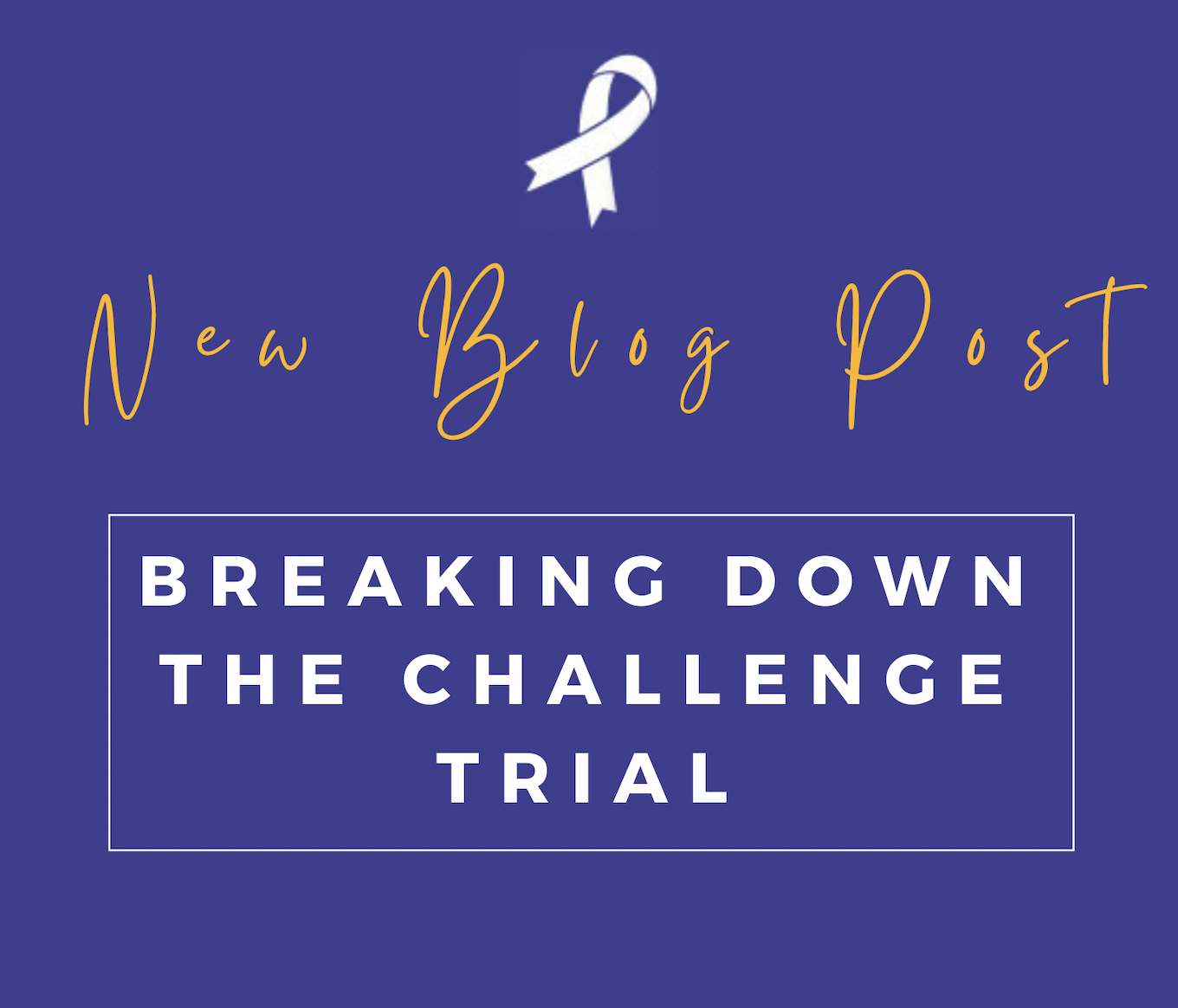A landmark study — the CHALLENGE trial — which has been published in one of the top journals in the world, the New England Journal of Medicine, has given compelling evidence that structured exercise after cancer treatment can significantly reduce the risk of recurrence and improve survival for people with stage 2 or 3 colon cancer. Below, we explore the findings, what they mean in practical terms, and how patients, caregivers, and healthcare systems can use them.
Key Findings
| Outcome | Structured Exercise Group | Control Group (Standard Advice via Booklets) |
| Disease-free at 5 years | ~80 % | ~74 % |
| Overall survival at 8 years | ~90 % | ~83 % |
| Risk of death over 8 years | ~37 % lower than control |
- The trial involved 889 people who had completed surgery and chemotherapy. None were meeting recommended activity levels when they joined.
- Participants in the structured exercise arm were supported by physical activity consultants and gradually increased their exercise. Goal: reaching an intensity/lifestyle equivalent to a 30-minute jog every other day — though actual activity was more than double what the control group achieved.
Why These Results Matter
- Exercise isn’t just for wellbeing—it potentially changes outcomes
This trial shows structured physical activity isn’t merely about quality of life; it can actually extend life and reduce risk of cancer returning. Twenty-five years ago, this kind of meaningful survival benefit outside pharmaceutical interventions would have been hard to demonstrate. - Support and guidance matter
The difference wasn’t about simply handing out brochures. Patients who had access to expert coaching (in person weekly at first, then tapering to monthly) saw significantly better results. - Customisation (matched to ability, personal preference) appears key.
- Consistent benefit long term
While 5-year disease-free survival improves (80% vs 74%), the longer-term gain in overall survival (at 8 years) is striking and ongoing. This gives real hope beyond the immediate post-treatment phase.
What This Might Look Like in Practice
So what is “structured exercise” in this context?
- Duration & Intensity: Equivalent to 30 minutes of jogging every other day, or 150 minutes per week of moderate exercise — but many participants exceeded this.
- Types of Activity: Walking, cycling, swimming, circuit classes — whatever matches personal preferences and physical capability.
- Support System: Personalised coaching via physical activity consultants—initially frequently (weekly), tapering gradually. Some sessions were in-person; others online.
Implications & Considerations for Patients
What patients might consider doing:
- Talk with oncology teams as soon as post-treatment is over about developing an exercise plan.
- Find out if there are clinical programs, rehab services, or physiotherapists who can help with tailored physical activity.
- Start small and build up: even adding gentle walking or low-impact activity can be beneficial.
- Be cautious if there are complications: surgical recovery, ongoing side effects (fatigue, pain, etc.) — these need factoring in.
Things to check with your care team:
- Any physical restrictions or risks specific to your surgery or therapy.
- Safe movements, especially if there are ostomies, surgical wound sites, weakened bones, etc.
- Progression plan: when and how to move from gentle to more vigorous activity.
What It Means for Healthcare Systems & Policy
The benefits demonstrated by CHALLENGE suggest structured exercise should be considered an integral part of post-treatment care for colorectal cancer:
- Inclusion in treatment pathways: Recognising exercise as part of standard aftercare.
- Investment: Funding for physical activity consultants, accessible exercise programmes, community support.
- Training: For staff to help patients create personalised plans.
- Monitoring & follow-up: Just like other elements of care—tracking activity, outcomes, side-effects.
The Biological Why: What Drives These Benefits?
While the trial wasn’t designed to prove the precise mechanisms, researchers believe several processes are involved:
- Immune system support — exercise boosts immune surveillance.
- Inflammation reduction — chronic inflammation can promote tumour regrowth.
- Hormone regulation and metabolic benefits — better insulin sensitivity, lower adiposity, etc.
- Increased physical fitness improves resilience, reduces fatigue, and likely improves capacity to tolerate subsequent treatments or interventions.
Caveats & What We Don’t Know Yet
- The trial included patients well enough to exercise; results may not apply to everyone.
- We don’t yet know how outcomes differ by age, sex, or other population subgroups in detail.
- We need practical models for delivering this kind of programme widely and equitably — not all hospitals or communities have the resources.
- Safety and tolerability vary — carefully staged ramp-up is essential.
Final Thoughts
This study represents a pivotal moment. Colorectal cancer survivors now have strong evidence that structured, supported exercise — not just vague encouragement — can make a measurable difference in raising survival odds and reducing recurrence risk. If you or someone you care for is entering the post-treatment phase, it’s worth having a conversation with the medical team about building exercise into the recovery plan. Small changes, done consistently and with support, might shift the course of survival—and well beyond what a brochure alone could ever do.

